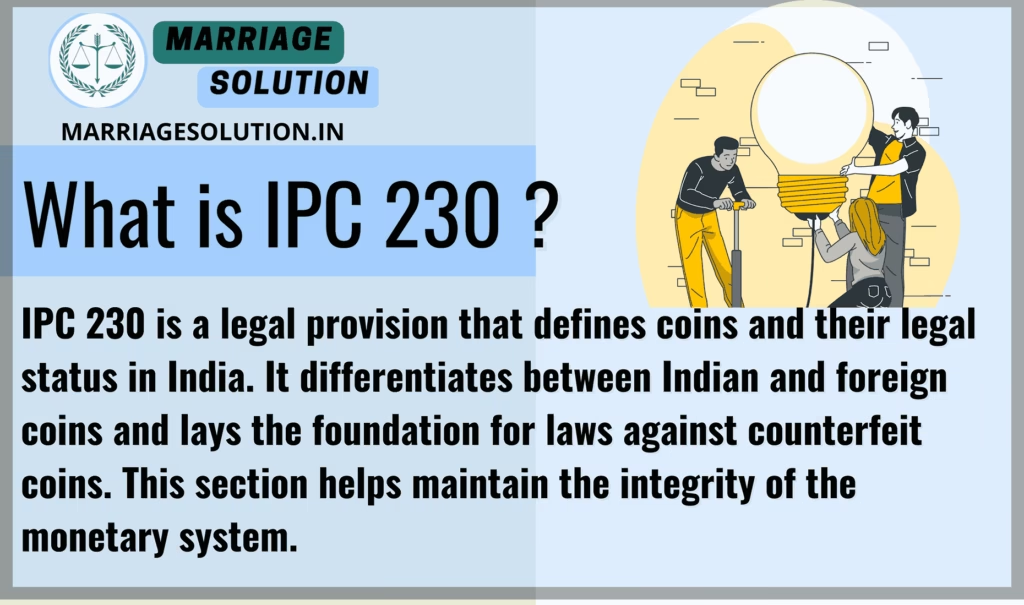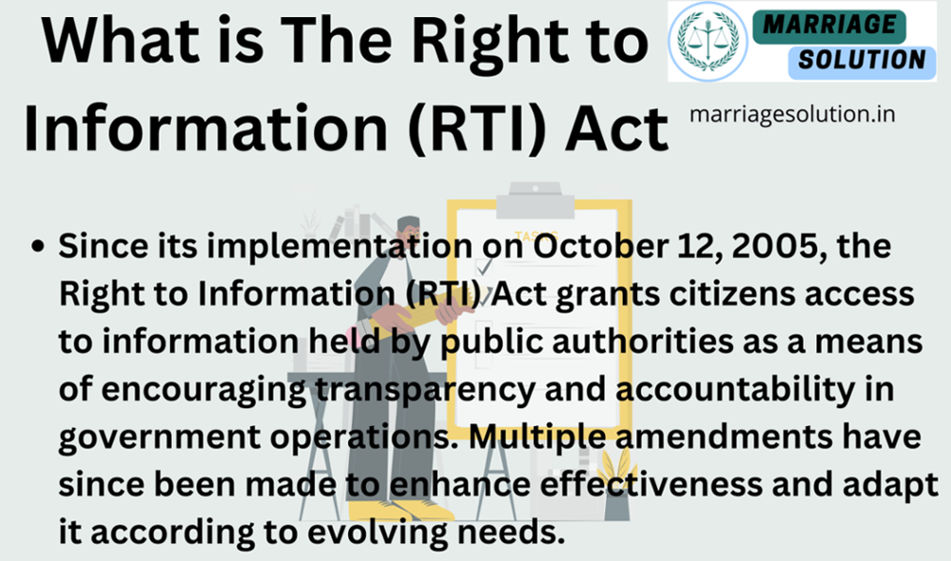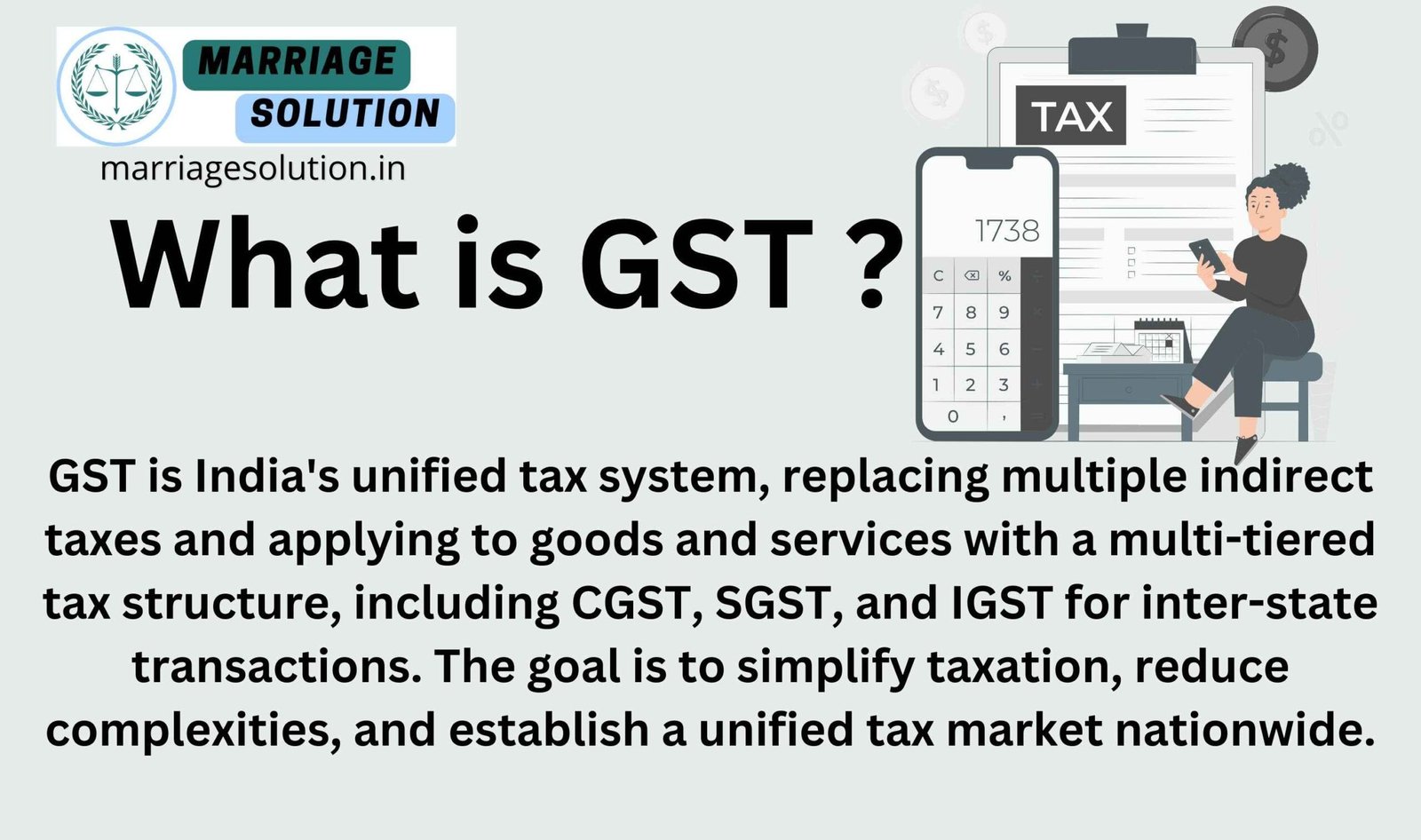Introduction of 230 IPC
IPC Section 230 defines what a “coin” is under Indian law. It explains the difference between Indian and foreign coins and ensures that only government-issued metallic money is legally recognized. This section helps in preventing fraud and counterfeiting related to coins.
- Introduction of 230 IPC
- What is IPC Section 230 ?
- Section 230 IPC in Simple Points
- Section 230 IPC Overview
- Detailed Explanation of 10 Key Points of IPC 230
- 1. Meaning of Coin
- 2. Indian and Foreign Coins
- 3. Legal Status of Coins
- 4. Distinction Between Coin and Counterfeit Coin
- 5. Coins in Circulation
- 6. Coins Used for Other Purposes
- 7. Protection Against Counterfeiting
- 8. Forged Coins and Their Legal Status
- 9. Misuse of Foreign Coins
- 10. Relation to Other IPC Sections
- Examples of IPC 230 in Real Life
- Section 230 IPC case laws
- 230 IPC Punishment
- 230 IPC Bailable or non bailable
- Section 230 IPC in short information
- IPC Section 230 FAQs
- If you need support with court proceedings or any other legal matters, don’t hesitate to reach out for assistance.
What is IPC Section 230 ?
IPC 230 is a legal provision that defines coins and their legal status in India. It differentiates between Indian and foreign coins and lays the foundation for laws against counterfeit coins. This section helps maintain the integrity of the monetary system.

Section 230 IPC in Simple Points
1. Definition of a Coin
A coin is a metallic piece issued by a government authority to be used as currency. It carries specific features like weight, design, and official markings. Any piece of metal that does not meet these standards is not considered a legal coin. This helps prevent people from using fake or unauthorized tokens as money.
2. Indian and Foreign Coins
IPC 230 categorizes coins into Indian coins and foreign coins. Indian coins are issued by the Indian government and are legal for transactions in India. Foreign coins are those issued by other countries but can be used for trade internationally. This classification is important because counterfeiting a foreign coin is also a punishable offense under Indian law.
3. Coins in Circulation
For a coin to be considered valid, it must be in active circulation. Coins that have been withdrawn, demonetized, or discontinued are no longer considered legal tender. For example, the old 25-paise coin is no longer in circulation, and trying to use it for transactions would not be considered lawful.
4. Protection Against Counterfeiting
IPC 230 lays the foundation for anti-counterfeiting laws. Making or using fake coins is a serious crime, and further sections like IPC 231 and IPC 232 define punishments for such offenses. This ensures that people do not produce, import, or use counterfeit coins to deceive others.
5. Legal Status of Modified Coins
If a legal coin is melted, altered, or used for decoration, it may lose its legal status as currency. For example, if someone cuts a ₹10 coin into two pieces and tries to use it, it will no longer be considered valid money. IPC 230 ensures that only properly issued and undamaged coins are accepted in transactions.
Section 230 IPC Overview
IPC Section 230 defines what a coin is under Indian law. This section explains the difference between Indian and foreign coins, establishes what is legally considered a coin, and forms the foundation for laws dealing with counterfeiting and fraudulent use of coins.
Detailed Explanation of 10 Key Points of IPC 230
1. Meaning of Coin
A coin is a piece of metal that is officially issued by the government for use as money. It must have a specific design, weight, and stamp authorized by the government. Coins are different from paper currency, which is issued by banks but not covered under IPC 230. The section ensures that only government-recognized metallic money is treated as a legal coin.
2. Indian and Foreign Coins
IPC 230 recognizes two types of coins:
- Indian Coin – Coins that are issued by the Government of India and are legally used in the country. Example: ₹1, ₹2, ₹5, and ₹10 coins.
- Foreign Coin – Coins issued by other countries that hold legal value in those nations. Example: U.S. Dollar coins, British Pounds, or Euro coins.
Both Indian and foreign coins are covered under IPC laws, but counterfeiting a foreign coin is considered a different type of offense than counterfeiting an Indian coin.
3. Legal Status of Coins
A coin must be officially issued by the government to be considered legal tender. Private tokens, medals, or pieces of metal resembling coins are not considered legal currency. For example, casino chips or commemorative coins issued by private organizations do not fall under IPC 230. This law helps prevent confusion between legal and unofficial metallic money.
4. Distinction Between Coin and Counterfeit Coin
A genuine coin is one that is officially minted and issued by the government. A counterfeit coin is a fake or illegally produced coin meant to deceive people. IPC 230 establishes the difference between the two, and further sections in IPC (like IPC 231) define punishments for making or using counterfeit coins.
5. Coins in Circulation
For a coin to be covered under IPC 230, it must be in active circulation as legal money. If a coin is withdrawn, demonetized, or discontinued, it is no longer considered legal tender. For example, the old 25-paise coin was demonetized in India and is no longer in circulation, so it does not come under this law.
6. Coins Used for Other Purposes
Coins are meant for use as money, but sometimes people use them for other purposes. If a coin is melted down, cut, or used for decoration, it may lose its legal status. For example, using coins to make jewelry or cutting a coin in half to use as an ornament changes its original purpose, and it may not be considered valid money anymore.
7. Protection Against Counterfeiting
IPC 230 sets the foundation for laws against counterfeiting coins. If someone creates fake coins and tries to pass them off as real, they can be punished under other sections like IPC 231 (counterfeiting coins) and IPC 232 (importing fake coins into India). This law helps protect the economy and people from fraud.
8. Forged Coins and Their Legal Status
A forged coin is an imitation of a real coin, created to deceive people. Under IPC 230, only government-issued coins are considered legal, and any unauthorized copying or alteration of a coin is an offense. For example, if someone creates a ₹10 coin that looks real but is made from different materials, it is a forged coin and is illegal.
9. Misuse of Foreign Coins
Sometimes, foreign coins can be used for fraudulent purposes in India. If someone falsely represents a foreign coin as an Indian coin, or uses it to cheat others, they can be punished under IPC laws. For example, a coin that looks similar to an Indian ₹5 coin but has no value in India may be used to deceive shopkeepers. Such acts are punishable.
10. Relation to Other IPC Sections
IPC 230 is the foundation of coin-related offenses in Indian law. It connects to other important sections:
- IPC 231 – Punishment for counterfeiting coins.
- IPC 232 – Importing counterfeit coins into India.
- IPC 233 – Making tools or machines to counterfeit coins.
- IPC 235 – Possessing counterfeit coins with intent to use them.
These sections ensure that the currency system remains secure and trustworthy.
Examples of IPC 230 in Real Life
Example 1: Fake ₹10 Coins Circulating in the Market
A group of criminals manufactures fake ₹10 coins that look very similar to real coins but are made of cheaper metal. They distribute these coins in markets, where shopkeepers unknowingly accept them. Since these coins are not officially issued by the Indian government, they are not legal tender. This act falls under counterfeiting, and those responsible can be punished under IPC 231 and IPC 232.
Example 2: Using a Foreign Coin as Indian Currency
A tourist in India has a U.S. quarter-dollar coin, which is of similar size to an Indian ₹5 coin. He intentionally uses it to pay at a small shop, hoping the shopkeeper won’t notice. Since the U.S. coin is not legal tender in India, and he tricked the seller, this act can be punished under IPC 230 and other fraud-related IPC sections.
Section 230 IPC case laws
1. State of Maharashtra v. Ramesh Kumar (2015)
In this case, the accused was caught with hundreds of fake ₹5 and ₹10 coins. The court ruled that these were counterfeit coins under IPC 230 and further punished the accused under IPC 231 for counterfeiting.
2. Delhi Police v. Arif Khan (2018)
Arif Khan was found with foreign coins resembling Indian ₹2 coins, which he used to cheat small shopkeepers. The court ruled that using foreign coins to deceive people is punishable under IPC 230 and fraud-related sections.
3. State v. Manoj Kumar (2021)
The accused tried to use old, demonetized coins for purchases, knowing they were no longer in circulation. The court found that knowingly using such coins amounts to misrepresentation and fraud under IPC 230.
4. Central Bank of India v. Ramesh Patel (2009)
A person deposited a large number of fake coins into a bank account. The bank detected the fraud and reported it. The court ruled that banks must ensure the legitimacy of coins received, and any person knowingly depositing fake coins can be prosecuted.
5. Customs Department v. Rahul Sharma (2022)
The accused was caught importing fake foreign coins into India, intending to sell them as collectibles. The court ruled that importing counterfeit foreign coins is also an offense under IPC 230, IPC 232, and related sections.
230 IPC Punishment
1. Imprisonment
A person violating laws related to coins may face imprisonment, depending on the seriousness of the offense. If someone manufactures or distributes fake coins, they can be jailed under different IPC sections related to counterfeiting.
2. Fine
The court may also impose a fine, either separately or along with imprisonment. The amount of the fine depends on the case and the level of fraud committed using counterfeit coins.

230 IPC Bailable or non bailable
IPC 230 itself does not prescribe punishments but serves as a defining section. However, offenses related to counterfeiting coins under IPC 231–235 are generally non-bailable, meaning the accused must seek court approval for bail.
Section 230 IPC in short information
| IPC Section | Offense | Punishment | Bailable/Non-Bailable | Cognizable/Non-Cognizable | Trial By |
|---|---|---|---|---|---|
| IPC 230 | Definition of a coin, including Indian and foreign coins, and rules regarding counterfeit coins. | No direct punishment (Acts as a defining section). Punishments for counterfeiting are covered under IPC 231–235. | Not applicable (Punishment covered in other sections). | Not applicable (Punishment covered in other sections). | Not applicable |
IPC Section 230 FAQs
What is the main purpose of IPC 230?
IPC 230 defines what a coin is and sets rules regarding legal and counterfeit coins. It helps in preventing fraud and protecting the currency system.
Does IPC 230 punish people for counterfeiting coins?
No, IPC 230 only defines coins. However, IPC 231 and IPC 232 deal with the punishment for counterfeiting or using fake coins.
Are all metallic tokens considered coins under IPC 230?
No, only those officially issued by the government are considered coins. Medals, casino tokens, or private metal pieces are not legal coins.
What happens if someone tries to use a demonetized coin?
If a person knowingly tries to use an old, demonetized coin for a transaction, they could be charged under fraud-related sections of the IPC.
Is using a foreign coin in India illegal?
No, using a foreign coin is not illegal, but if someone tries to misrepresent it as an Indian coin or uses it for deception, they can be punished under IPC 230.
If you need support with court proceedings or any other legal matters, don’t hesitate to reach out for assistance.
Court or any other marriage-related issues, our https://marriagesolution.in/lawyer-help-1/ website may prove helpful. By completing our enquiry form and submitting it online, we can provide customized guidance to navigate through the process.
Right to Information RTI act :Your Comprehensive Guide (Part 1)
The Right to Information (RTI) Act : Explore the essence of the Right to Information (RTI) Act through this symbolic image. The image features legal documents, emphasizing the importance of transparency and accountability in governance. The scales of justice represent…
What is Article 371 of Indian Constitution ?
Article 371 of the Indian Constitution grants special provisions to specific states and regions within India, addressing their unique historical, social, and cultural circumstances. These provisions aim to accommodate diverse needs and protect cultural identities within the constitutional framework.
Indian Labour law : Your Comprehensive Guide (Part 1)
The purpose of labour laws is to safeguard employees and guarantee equitable treatment at the workplace, encompassing aspects such as remuneration, security, and perks. These regulations establish a secure ambiance by imposing minimum wage requirements, ensuring factory safety measures are…
GST :Your Comprehensive Guide (Part 1 – Understanding the Basics)
The Goods and Services Tax (GST) is like a big change in how we pay taxes in India. It started on July 1, 2017, and it’s here to simplify things. Before GST, we had many different taxes, and it could…





